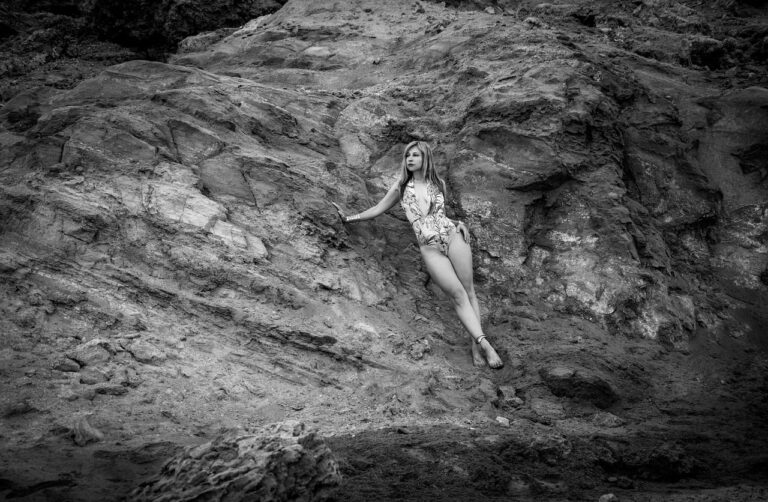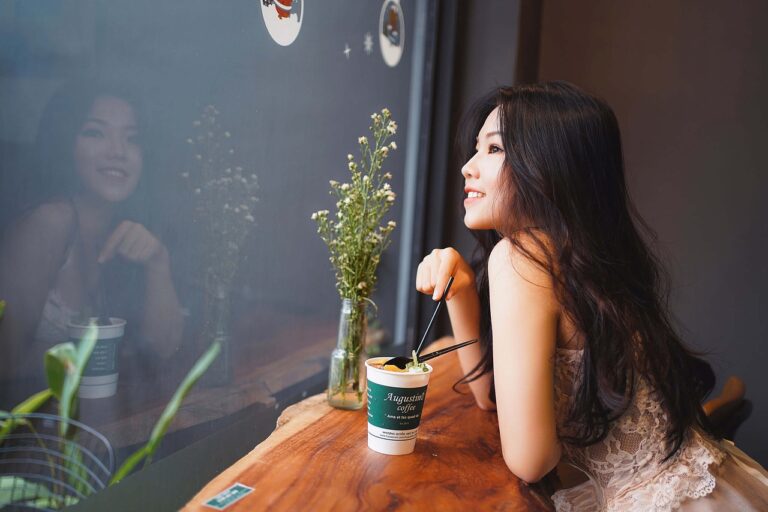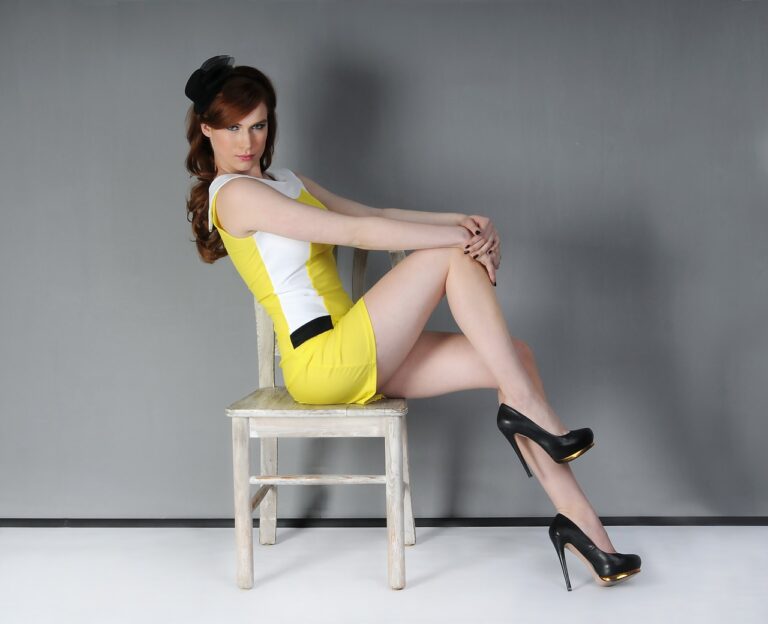Fashion and Politics: Analyzing the Symbolism of Political Dressing
Political dressing has held a pivotal role throughout history, serving as a visual representation of power, authority, and ideology. From ancient rulers adorned in elaborate regalia to modern-day political figures using fashion as a tool for communication, clothing has long been a symbol of political influence.
Throughout various cultures and time periods, political leaders have strategically utilized their attire to convey messages of strength, unity, or rebellion to the masses. The choice of colors, fabrics, and styles worn by politicians often conveys underlying messages that can shape public perception and even influence policy decisions.
The Evolution of Political Fashion Statements
From simplistic attire to tailored suits and bold accessories, political fashion has undergone a profound evolution over the years. The way politicians choose to present themselves through their wardrobe has evolved parallel to societal shifts. What was once a realm of strict professionalism has expanded to encompass diverse styles and expressions, reflecting the changing norms and values of contemporary politics.
Gone are the days when political figures were expected to conform to a rigid dress code. Today, politicians use fashion as a tool to communicate their individuality and beliefs. From statement pieces that convey specific messages to subtle sartorial choices that hint at their ideologies, political fashion has become a powerful medium for self-expression and connection with the public. This evolution highlights the growing recognition of the role that clothing plays in shaping public perception and political identity.
The Impact of Political Dressing on Public Perception
Political dressing has consistently played a central role in shaping public opinion towards political figures. The way politicians choose to present themselves through their attire can convey a range of messages, from professionalism and authority to relatability and approachability. Whether it’s a tailored suit or more casual attire, these choices can influence how individuals are perceived by the public.
Furthermore, political dressing can serve as a form of non-verbal communication, allowing politicians to connect with different demographics and convey specific ideologies. A simple choice of color or style can evoke particular emotions or associations, directly influencing public perception. In an age where image and symbolism play a significant role in politics, the impact of political dressing on public perception should not be underestimated.
• Political dressing shapes public opinion towards political figures
• Attire conveys messages such as professionalism, authority, relatability, and approachability
• Choices in clothing can influence how individuals are perceived by the public
• Non-verbal communication through attire helps politicians connect with different demographics
• Color or style choices can evoke specific emotions or associations
• Image and symbolism play a significant role in politics today
What is the historical significance of political dressing?
Political dressing has been used throughout history by leaders and public figures to communicate their beliefs, values, and ideologies to the public.
How has political fashion evolved over time?
Political fashion statements have evolved from simple attire choices to more deliberate and strategic messaging through clothing, accessories, and even colors.
What impact does political dressing have on public perception?
Political dressing can shape public perception of a leader or public figure, influencing how they are perceived by their constituents and the general public. It can also be a powerful tool for communicating messages and ideologies.







